How to Tell If a Necklace is Real Gold: Testing Gold at Home
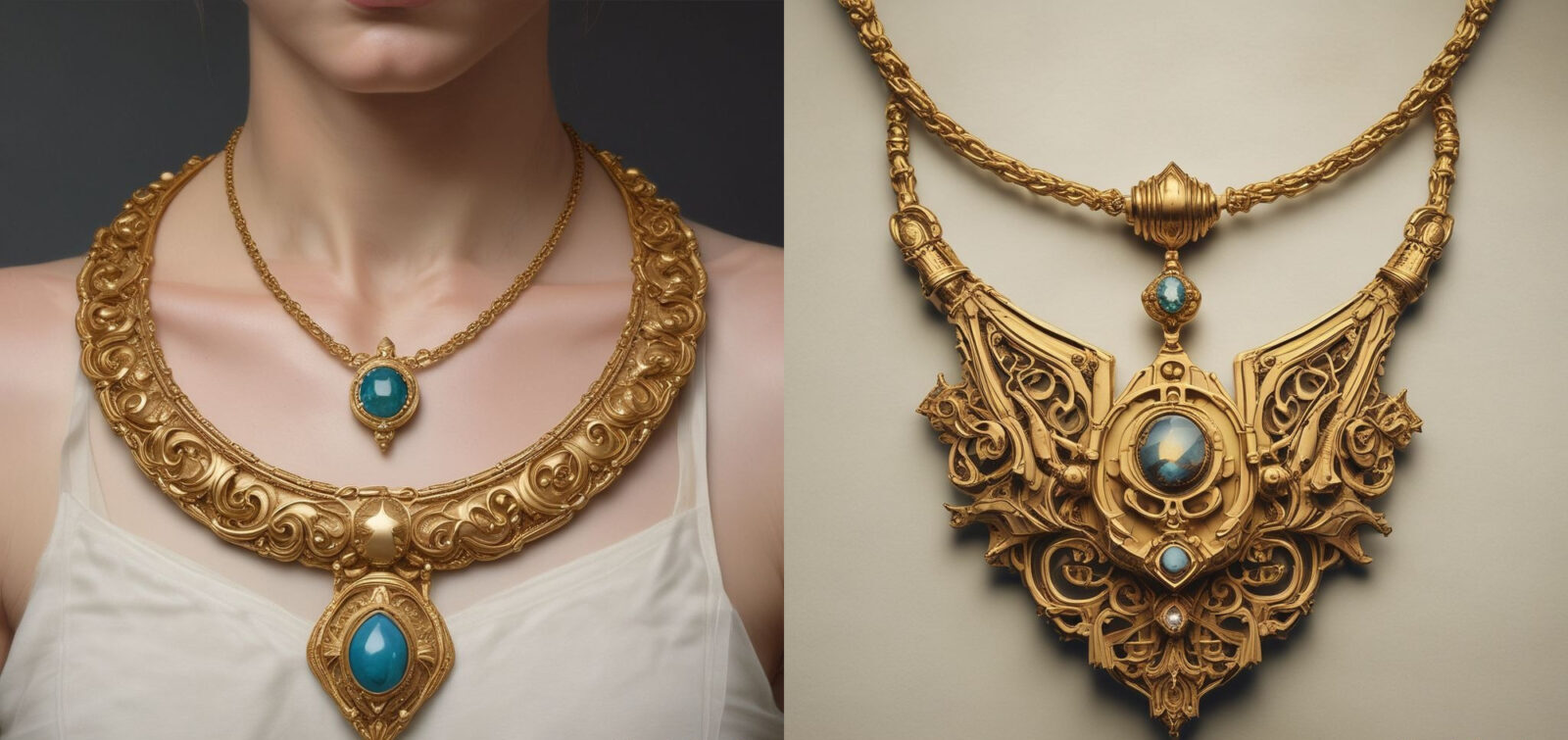
Introduction to Gold Jewelry
Table of Contents
Its most important question that”How to Tell If a Necklace is Real Gold” and for this experts seeking to recognize authentic gold necklaces need to learn about gold’s historical importance as a status symbol that indicates wealth. People have used gold to create decorative jewelry throughout centuries, such as in ancient Egypt, Greece, and Rome.
Gold retains its value because its scarcity matches its power to display monetary value and attractiveness in jewelry. People everywhere continue to appreciate gold jewelry because they wear it both as personal adornment and give it as gifts, and use it to protect their money in times of economic risk.
People choose gold for their jewelry because it both appears stunning and carries important meanings in daily life. Skilled artists produce refined designs out of gold thanks to its combination of both flexible and ductile qualities. People wear this metal for daily wear and ceremonial occasions because it keeps its shine without losing its value.
Different gold colors match various fashion preferences, ensuring everyone finds attractive gold jewelry options. Manufacturers use unique metal mixtures to make gold components maintain their targeted characteristics.
When purchasing gold jewelry, customers worry about receiving genuine items. Customers must know how to recognize real gold in their jewelry and perform home tests because fake gold items exist. Our concerns about buying real gold create our urge to find ways to identify its authenticity. Those who understand how to spot fake gold can avoid losing money in fraudulent transactions. Shoppers need to understand different testing procedures to purchase real products while protecting their funds.
Understanding Gold Purity: Karats Explained
The gold purity measurement communicated through “karat” provides essential information about jewelry components that consist of precious metals. Specifically, one karat represents 1/24th part of pure gold in an alloy. Therefore, a piece of 24K gold is considered pure gold, containing no other metals, while 12K gold contains 50% pure gold and 50% other metals. The karat system is critical for determining how to tell if a necklace is real gold, as it directly relates to the jewelry’s composition and value.
The jewelry market mainly features four gold purity categories, which consist of 10K, 14K, 18K, and 24K. The different grades reveal distinct characteristics, along with their gold content levels. For example, 10K gold consists of 41.7% pure gold, making it one of the least expensive and most durable options, which is ideal for everyday wear. Meanwhile, 14K gold, containing 58.3% pure gold, strikes a balance between purity and strength, making it a popular choice for various types of jewelry. On the other hand, 18K gold contains 75% pure gold, offering rich color and a luxurious appearance but less durability than lower karat options.
The karat rating determines both the beautiful qualities of gold, including its color appearance and its financial worth. Because higher karat levels consist of superior quantities of pure gold, the material becomes more expensive. Thus, understanding the karat system is essential when learning how to tell if a chain is real gold at home. The clasp or a concealed location on the piece may display the karat markings, which become visible through a visual examination. Users who learn to identify different karat values can make better purchases of real gold jewelry by following a process of authentication.
Identifying Hallmarks and Stamps
Golden jewelry inspection begins with a detailed examination of stamps that exist on necklaces and chains, along with hallmarks. The marks known as hallmarks represent the metal purity and vital origin information, indicating the manufacturer or the assay office responsible for its certification. The marks stamped on the metal serve as essential indicators to determine if the material contains genuine gold.
Hallmarks usually appear on the clasp and back of necklaces and chains, as well as near pendants in their design. The marks display gold karat values through numerical notations, including “10K,” “14K,” and “18K.” The higher the karat number, the purer the gold. Identifying the country of origin or an individual craftsman’s mark is another valuable way to verify authenticity of your gold items. The lack of authentic hallmarks on a piece usually signals that the item lacks genuine gold quality or is entirely fake.
Counterfeit jewelry sometimes displays fake marks that resemble real hallmarks, although it is vital to recognize that these untrue stamps exist in bogus products. A close investigation of the markings’ quality becomes vital since counterfeit hallmarks typically exhibit poor definition.
If the hallmark seems inconsistent with what is expected for the jewelry’s claimed karat weight, or if it lacks any markings altogether, this could suggest that it is not real gold. Learning how to test gold at home, alongside checking hallmarks, can help verify a piece’s authenticity more effectively, reinforcing the importance of a thorough examination in understanding how to tell if a necklace is real gold.
Physical Tests for Gold Authenticity
Determining whether a necklace is real gold can often be accomplished through simple physical tests conducted at home. The physical analysis techniques enable homeowners to examine their jewelry’s authenticity while avoiding professional help or expensive testing equipment. A number of trustworthy tests exist that can be executed without professional help.
The first assessment for validating real gold relies on a magnet examination. Real gold is not magnetic; therefore, if your necklace is attracted to a magnet, it likely contains little to no gold. Inspecting your necklace with a powerful magnet is how this examination should be done. A reaction from the necklace during this test indicates that it contains little to no solid gold components. This examination may not detect whether a gold-plated object is genuine because the non-magnetic quality could only exist in the outer layer.
By using these straightforward techniques, you can effectively gauge how to tell if a necklace is real gold, offering peace of mind before making any purchasing decisions or transferring ownership.
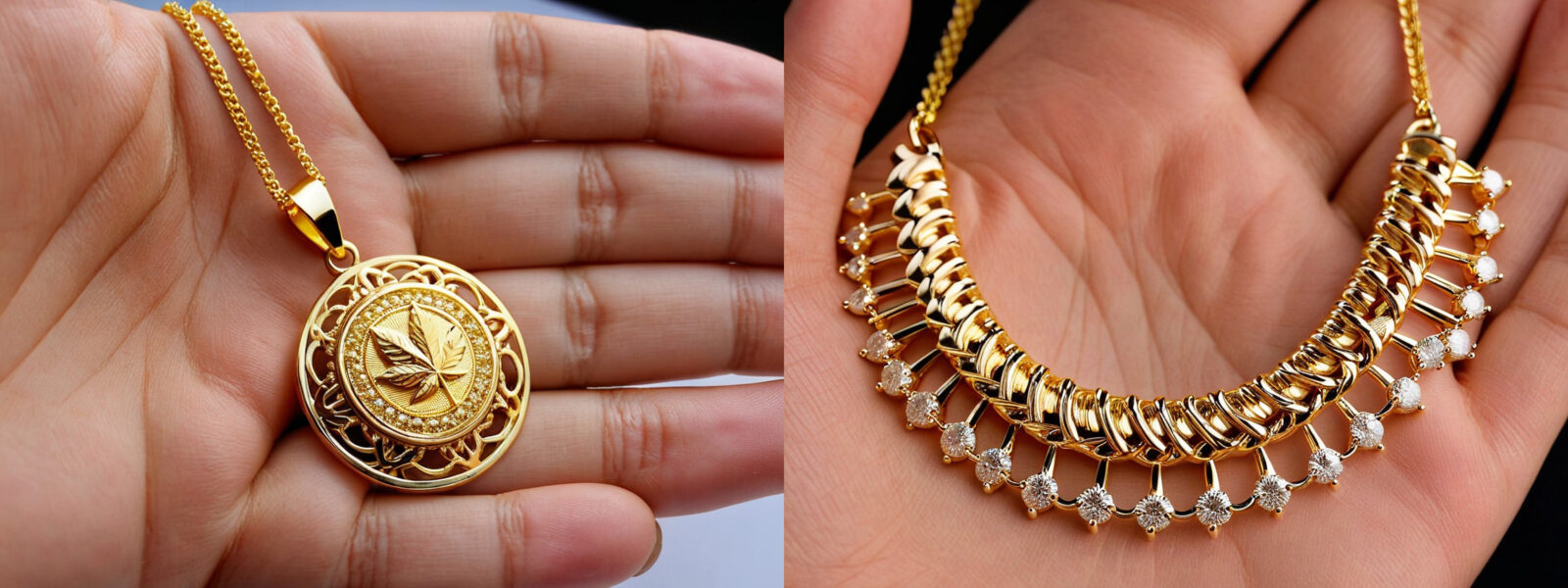
Chemical Tests to Confirm Gold Quality
The process to verify the authenticity of gold necklaces requires careful precision due to home-based chemical tests. A gold testing kit comes with different acid solutions, which serve to detect the presence of genuine gold. These kits can provide a reliable method to ascertain whether a necklace is real gold or merely a gold-plated item.
Begin by acquiring the necessary tools, which include a gold testing acid kit, along with a reliable gold testing stone or unglazed ceramic tile, and a piece of the jewelry you want to test. Work in a well-ventilated space while wearing protective gear, including goggles and gloves, because the involved chemicals pose dangers to skin and eyes.
Begin by gently scratching the necklace surface onto the testing stone to create a small gold mark on the surface. Add one drop of the specified test acid solution to the created gold streak. The chemical interaction between the acid and gold substance will reveal authenticity. If the gold streak dissolves or changes color, the necklace is likely not real gold. An authentic gold piece will show no damage to the streak, indicating that the piece might be genuine.
The responses from acid testing vary based on the karat weight of gold pieces. The time to dissolve varies depending on the karat weight of the gold, since higher purity gold remains undissolved under stronger acids, while lower purity gold shows signs of deterioration. The markings on your chain help you properly analyze the results.
Take all necessary safety measures when conducting any chemical examination. The testing kit instructions, along with waste disposal steps should always be carefully studied before beginning your examination. You can make confident true gold identification decisions by learning the proper safe methods for conducting at-home testing of your gold pieces.
The Water Displacement Method
The water displacement method is a straightforward and effective technique used to ascertain the authenticity of gold jewelry. This method relies on measuring the item’s density, which can be particularly useful when determining how to tell if a necklace is real gold. The water displacement method requires a few basic tools for home testing: water, a measuring cup or graduated cylinder, and the gold piece you want to examine.
Start by adding a precise amount of water into the graduated cylinder before documenting its exact measurement. High accuracy is essential when measuring the quantity because incorrect measurements can lead to incorrect density calculations. Place the initial water level marker before you immerse the necklace into the water. Place the complete object beneath the surface in a way that prevents contact with the container’s walls to minimize measurement interference.
When the necklace sinks into the water, note the new water level. After placing the necklace in the water, you must measure the rise in the water level because this change indicates the gold item’s volume. Weigh the necklace by using a standard kitchen scale. Calculating density requires dividing mass by volume for this measurement. For real gold, the density should be approximately 19.3 grams per cubic centimeter. If the density you calculate is significantly different, it may indicate that the necklace is not made of real gold.
Augmenting traditional methods, this technique enables gold testing in your personal environment. This technique provides insight into the authenticity of expensive pieces, but you should always confirm your findings with an expert. By employing the water displacement method, you can effectively learn how to tell if a chain is real gold and gain confidence in your gold assessments.
Common Myths about Gold Jewelry Testing
When it comes to assessing the authenticity of gold jewelry, misconceptions abound, leading to confusion among consumers. One widespread myth is the belief that pure gold can be easily scratched. In reality, while pure gold is softer than many other metals, the propensity for scratching depends on the karat weight.
The most malleable and easily scratched type of gold exists in its pure 24-karat form, whereas jewelry made from 10 or 14-karat combinations of metals exhibits better durability against wear and tear. Thus, a scratch test is not a foolproof method to determine if a necklace is real gold.
People frequently believe that gold of every purity level should rise to the surface when placed in water. However, some jewelry items may use lightweight materials or alloys, thus changing their buoyancy behavior. Pure authentic gold will never rise to the surface, despite its gold content, no matter what. Understanding that the density of gold is much greater than water can assist individuals in discerning real gold from imitation pieces. Therefore, observing a piece of jewelry float does not inherently imply that it is not real gold.
The act of testing gold with a magnet mistakenly provides people with the false belief that it proves gold authenticity. The fact that gold is non-magnetic stands true, but this basic finding does not provide definitive proof. Alongside gold metal, other kinds of metals also lack magnetic properties. Multiple assessment methods should be used because only then can you reach a confirmed fact regarding the authenticity of gold.
It is necessary to provide accurate information about testing methods because people could improperly discard jewelry after a single test, which turns out to be incorrect.
Understanding the established facts regarding gold detection allows people to perform their jewelry tests with better assurance. Understanding the facts and employing multiple testing methods will better equip anyone seeking to know how to tell if a chain is real gold at home, thus allowing for informed decisions regarding their valuable possessions.
When to Consult a Professional Jeweler
While there are several home methods to determine how to tell if a necklace is real gold, some situations warrant the expertise of a professional jeweler. The value of jewelry merchandise determines when you need to get an evaluation from a certified jeweler. Their sophisticated laboratory equipment, combined with their specialist knowledge, produces a better evaluation than general home inspection tests.
When your gold jewelry presents specific oddities in terms of markings or uncharacteristic alloy structures, it becomes vital to obtain a jeweler’s assessment. A professional jeweler uses their expertise to examine the markings on jewelry, which help discover the origin or define the purity levels. Understanding different markings on gold requires attention, as their specific types reveal either the purity of the gold or indicate which combination of metals exists in the jewelry.
Seeking professional help becomes necessary whenever you doubt the validity of any family treasures or antique items. The evaluation of these objects demands expertise in understanding historical values of gold, alongside testing procedures and correct pricing models. A jeweler will use acid tests, as well as specific gravity tests, alongside X-ray fluorescence testing, to perform thorough examinations of jewelry authentications.
When your DIY testing produces unfamiliar results that create contradictory outcomes between different examinations, then seeking specialist jeweler advice would be appropriate. A jeweler possesses the necessary knowledge to verify the accuracy of home-based methods of testing gold. Professional consultation helps eliminate all questions you have and allows you to confidently manage transactions of gold merchandise.
Ultimately, engaging with a professional jeweler ensures that you receive a thorough evaluation and enhances your understanding of the piece, allowing you to know how to tell if a chain is real gold and its overall value in a detailed manner.
Conclusion: Making Informed Decisions
As we’ve explored throughout this article, understanding how to tell if a necklace is real gold is crucial for anyone looking to purchase or properly evaluate gold jewelry. Knowledge about identifying genuine gold at home is significant because it determines both the monetary value and aesthetic beauty of the piece. A combination of the float test, acid test, and magnetic test will allow you to verify the authenticity of your gold items.
When performed at home, these testing methods help people assess the authenticity of their necklaces and gain confidence to make wise gold investments. Whether you are wondering how to tell if a chain is real gold or how can you tell if gold is real, these guidelines serve as a reliable foundation for evaluation. Home identification techniques allow for effective detection of most gold objects at their basic level, although expert evaluation methods also exist.
Monitoring for stamps and observing weight measurements will provide you with additional solid information to support your evaluation process. Understanding gold jewelry requires consumers to make wise decisions through education, so they can avoid fraud during purchases.
Using the acquired knowledge allows you to approach the market with confidence, so you can select pieces that accurately reflect their value. The knowledge you gain about metal value assessment prepares you to make successful investments in precious metals, specifically gold.
Please provide your valuable comment below if you want more articles like this one from our Brainboxhub platform. Your support in this matter would be truly valuable.
Simplified Summary
This article explains well about testing of a gold while its real or fake. It also describes the methods and different techniques to test.
Share this content:


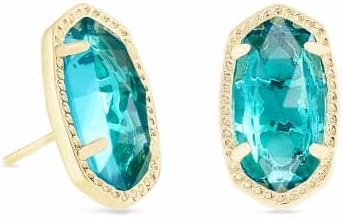

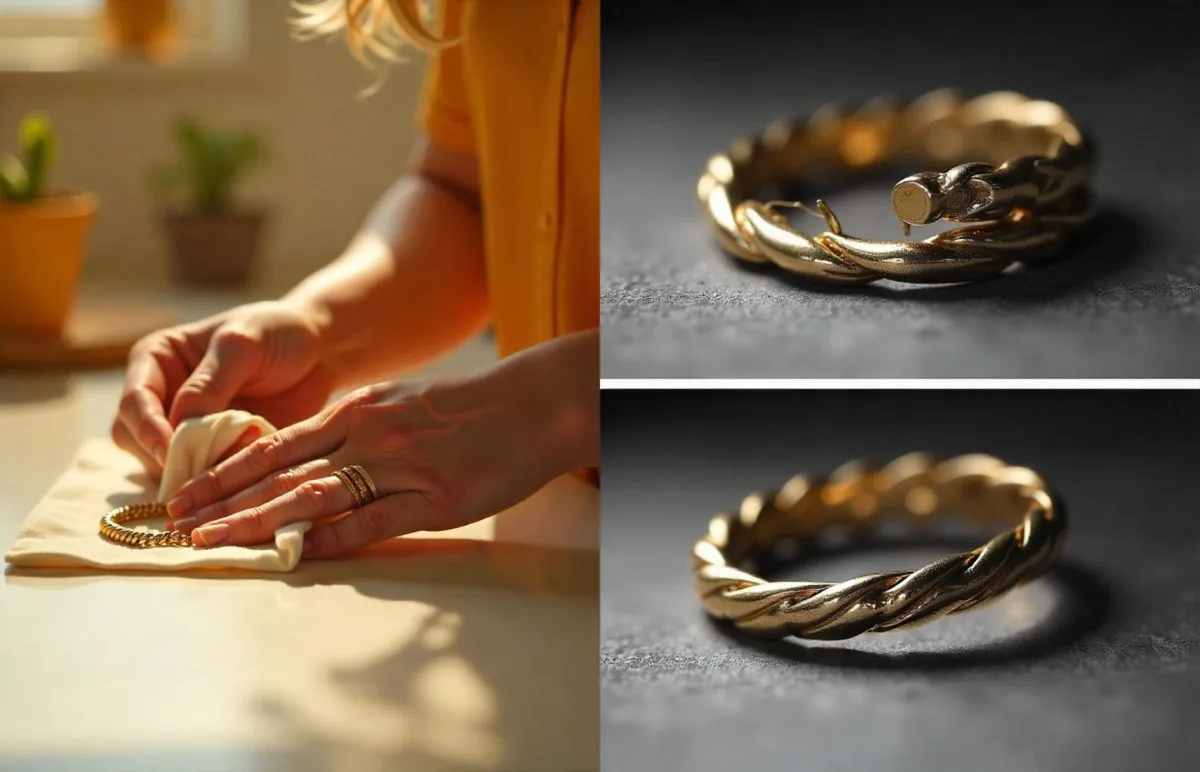
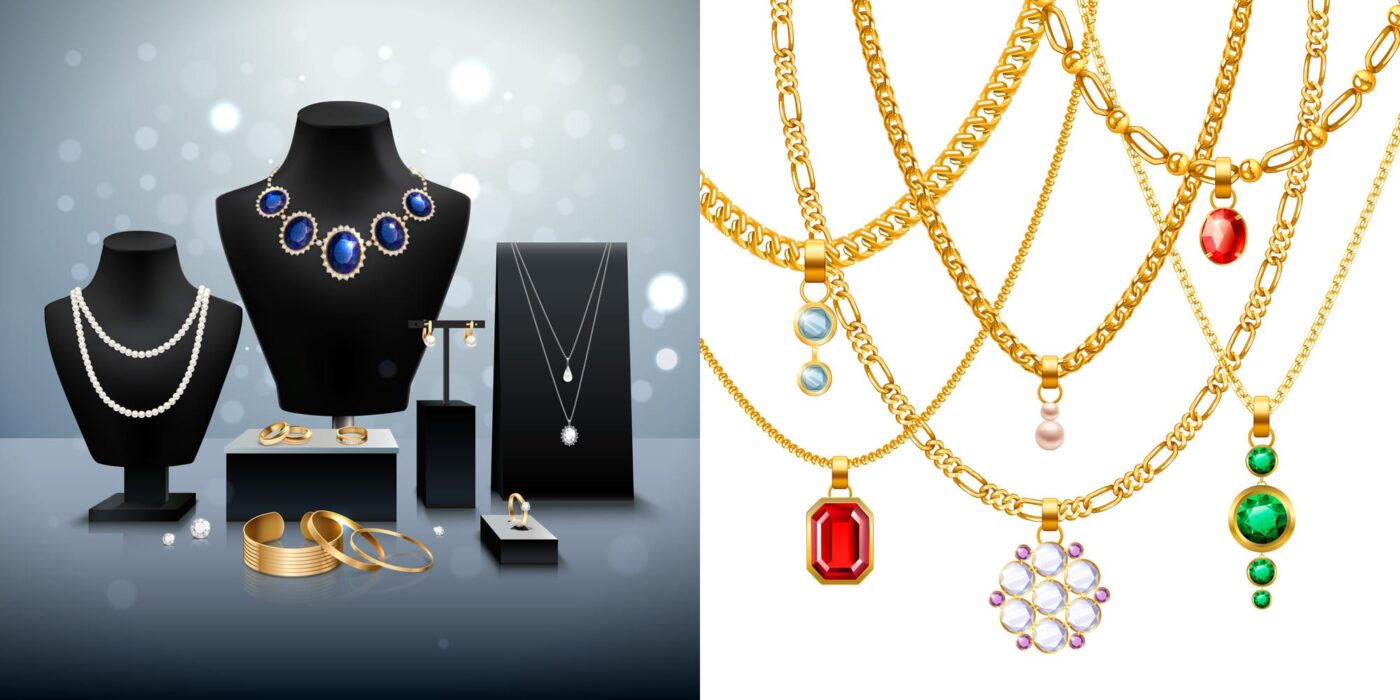
Post Comment